Setúbal, nestled between the calm River Sado and the beautiful Serra da Arrábida mountains, is a place of natural beauty and cultural heritage.
Starting this journey, you’ll see lots of boats along the riverbank. In the city center, don’t miss Bocage Square, the Church of Santa Maria da Graça, the Convent of Jesus, and the Livramento Market. A bit farther, but worth the trip, is the Mourisca Tidal Mill.
As you continue on this path, Albarquel Urban Park, at the mountain’s base, offers a place to rest and enjoy panoramic views of the estuary and Troia. Then, you’ll enter the Serra da Arrábida, a Natural Park recognized for its natural beauty and cultural significance. The route through Arrábida features a mix of beaches, monasteries, fortresses, and valleys.
The São Filipe Fortress is the first landmark, offering panoramic views of the city, bay, and Troia from its walls. Moving forward, you’ll come across the Santiago do Outão Fort, which has been transformed into a hospital.
Among the charming beaches and spots to visit, highlights include Figueirinha; Galápagos and Galapinhos; Creiro, home to the Creiro Archaeological Station and the Pedra da Anixa refuge; and Portinho da Arrábida, where you can find the Fort of Santa Maria da Arrábida, housing the Oceanographic Museum.
On the way to Portinho, you’ll discover Lapa de Santa Margarida, a cave with stalactites, stalagmites, and remnants of a religious altar, surrounded by breathtaking mountain and sea views.
Beyond the trail, on top of the mountain road, you’ll find the Convent of Arrábida and viewpoints like Santa and Antenas, inviting you to pause and soak in the scenery.
Just outside Setúbal, Palmela village welcomes you, with its castel offering panoramic views that include the peaks of S. Luís, Louro, Arrábida, and the River Sado. The village has a rich history tied to its role as a significant wine-producing region.
Next is Azeitão, a historic village known for its vineyards and the production of Setúbal muscat wine. You can also savor the region’s typical pies and cheeses in Azeitão.
Continuing along the route, you’ll reach Sesimbra, nestled in a valley at the base of the Serra da Arrábida, right by the sea and its nature reserve. Sesimbra’s coastline offers diverse views, from beaches to steep cliffs with charming coves.
In the village itself, explore the Castle of Sesimbra and the Fortress of Santiago, located between California and Ouro beaches. You’ll also find intriguing dinosaur footprints at Pedreira do Avelino. To the west is Ribeiro do Cavalo Beach, named after a distinct rock formation.
After this long journey, you can rest in the peaceful Aldeia Nova da Azóia, where this section comes to an end.
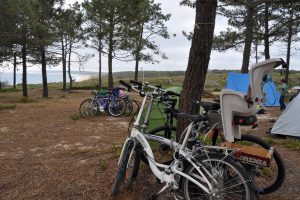
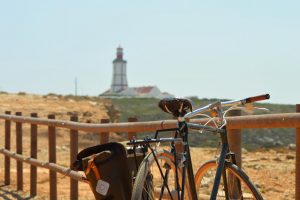
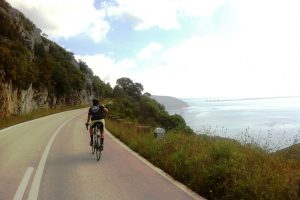
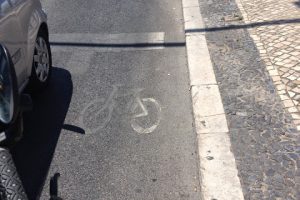

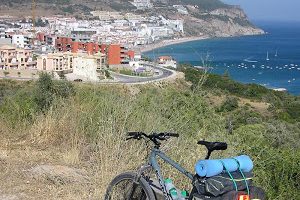
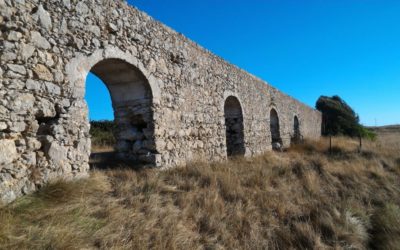

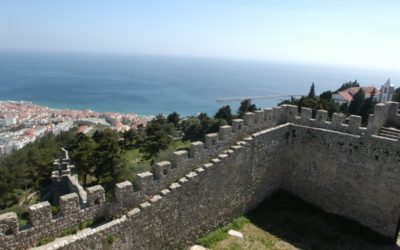
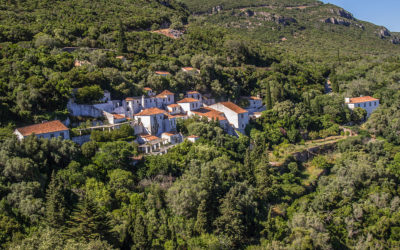

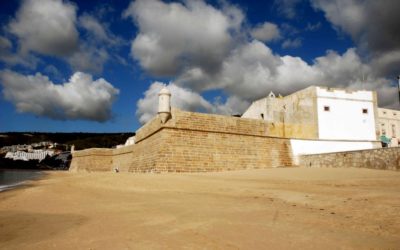
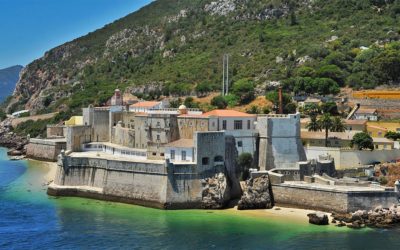
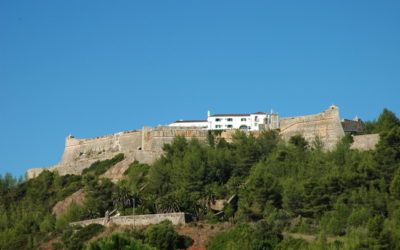
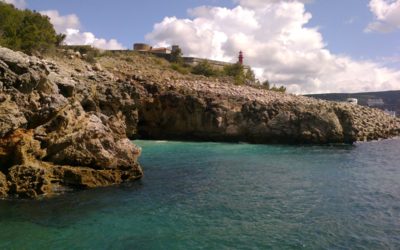
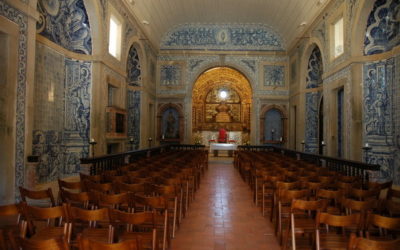
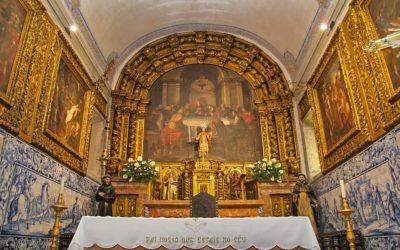
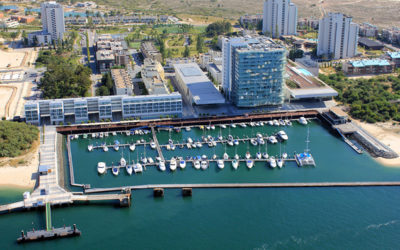
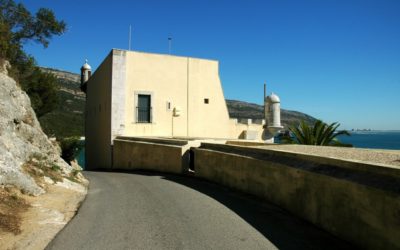
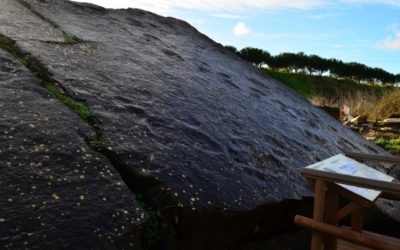
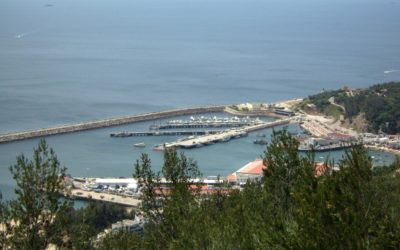
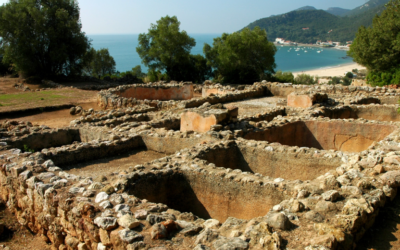
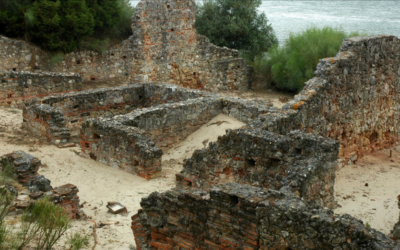
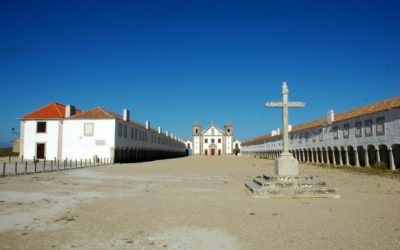
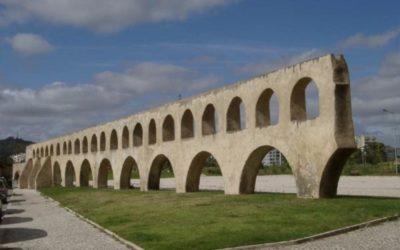
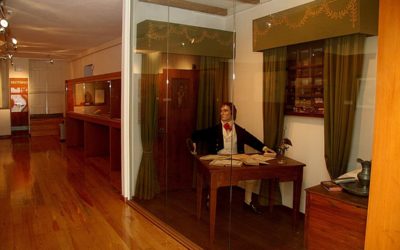
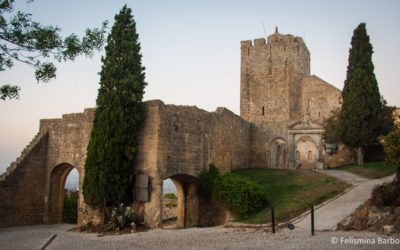

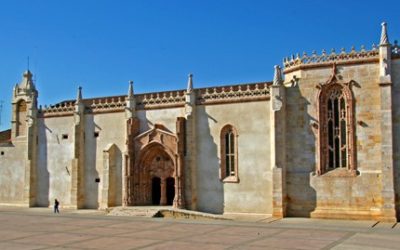
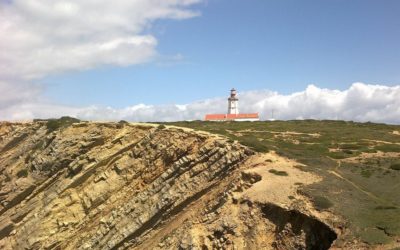
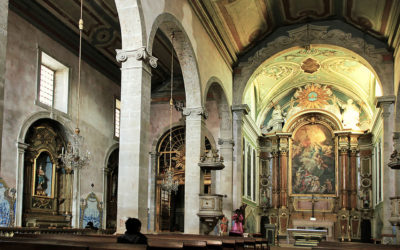

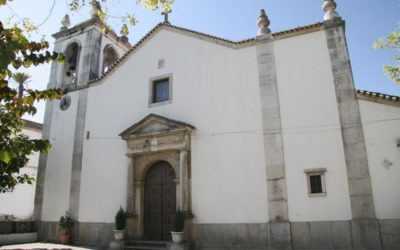

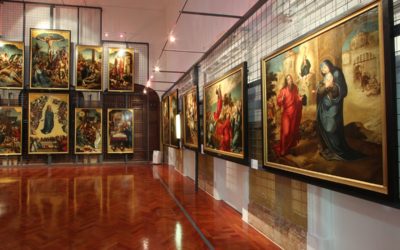
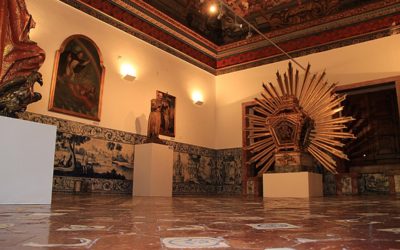
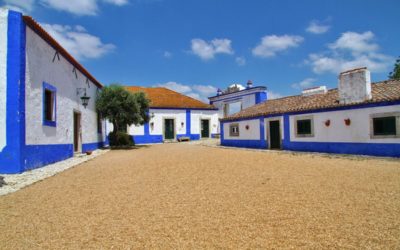
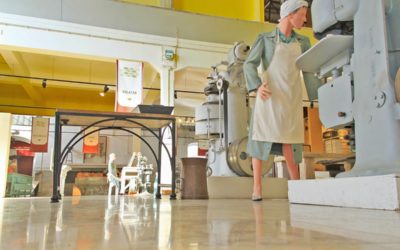
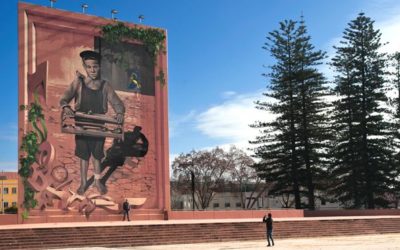
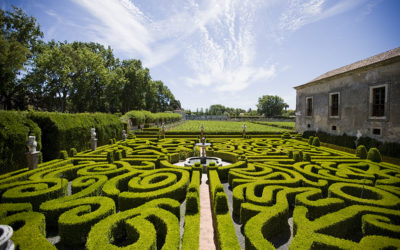
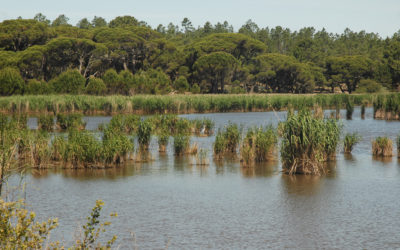
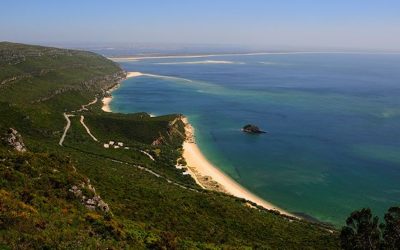

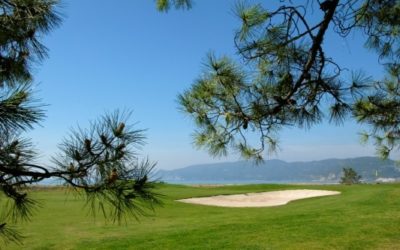
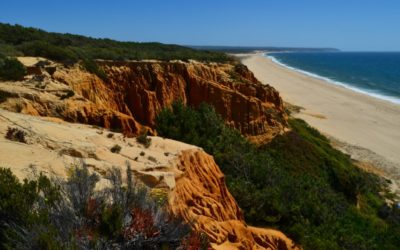
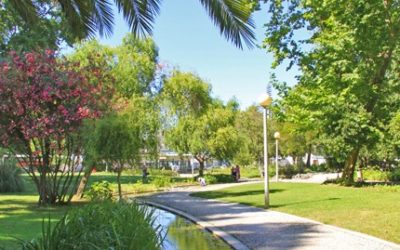
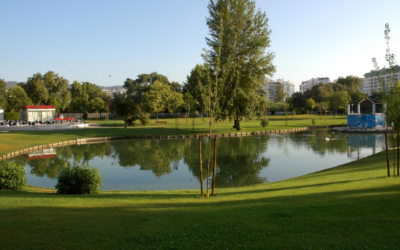
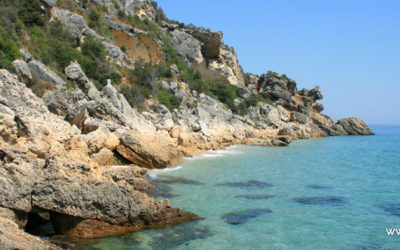
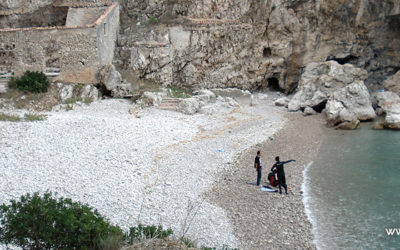
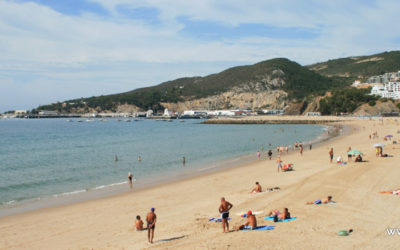
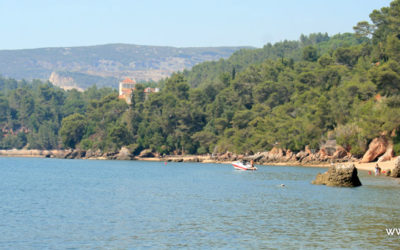
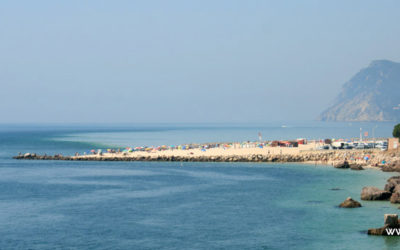
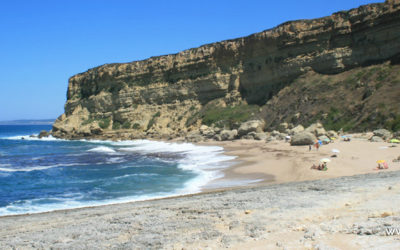
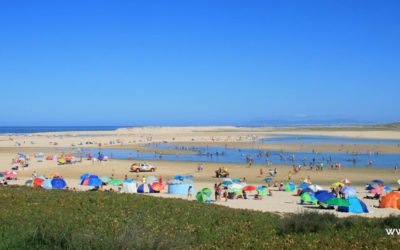


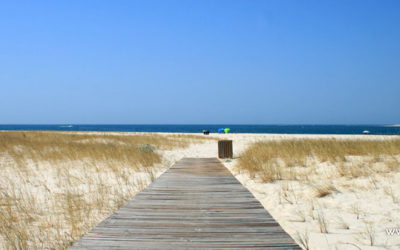
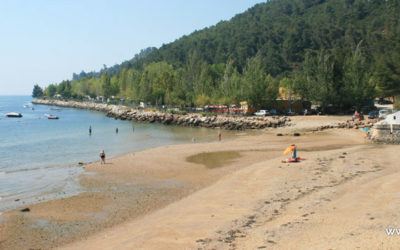
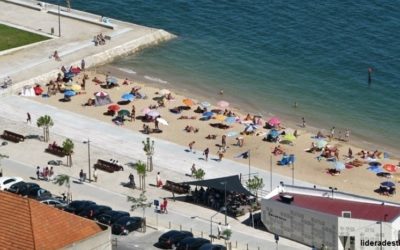
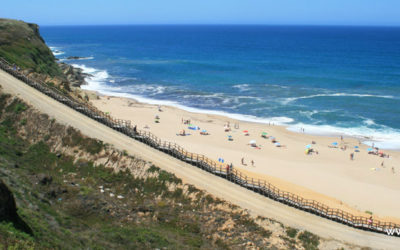
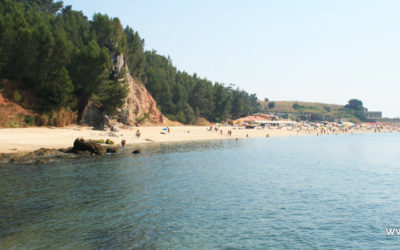
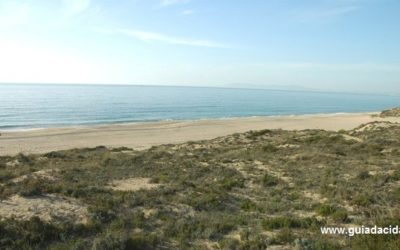
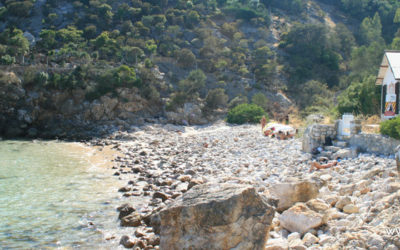
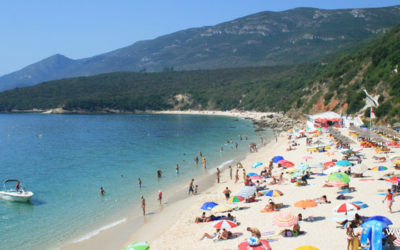
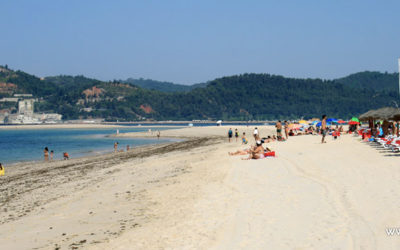

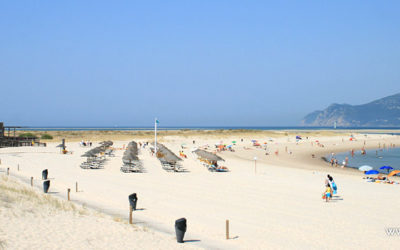
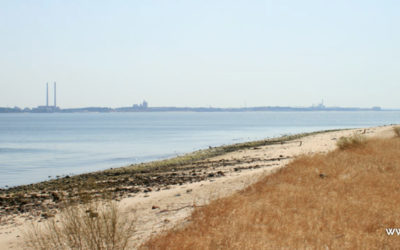
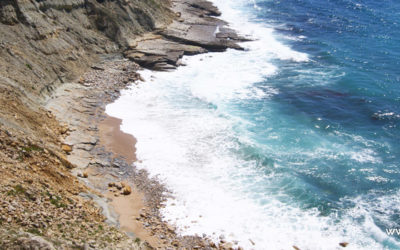
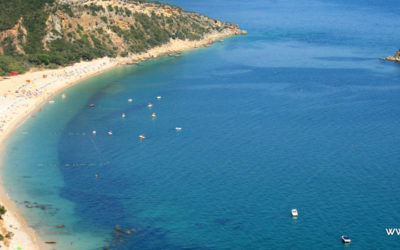
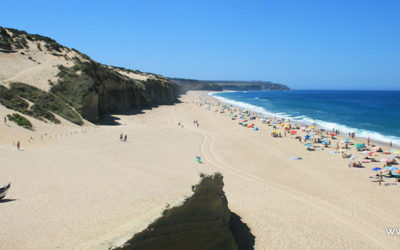
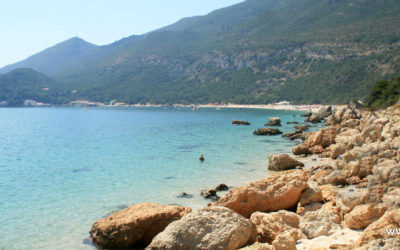
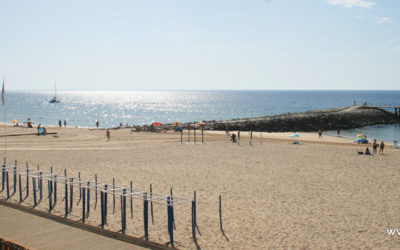
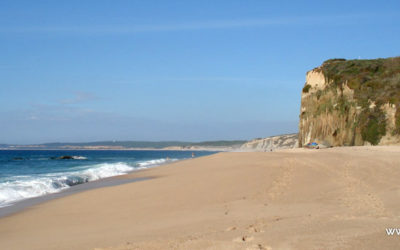
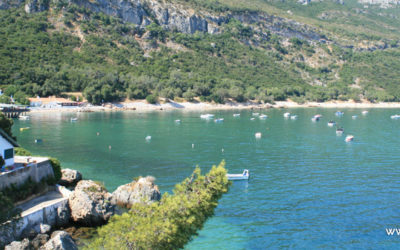

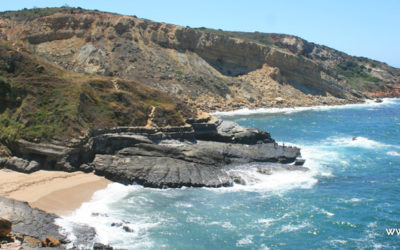
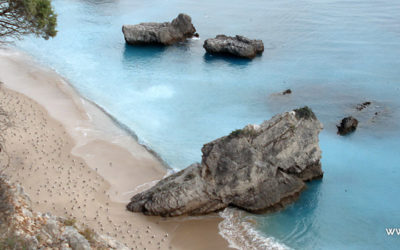
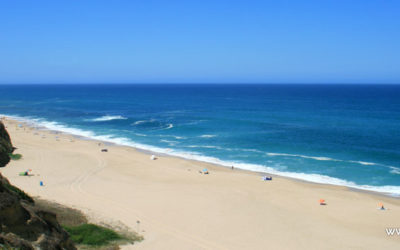
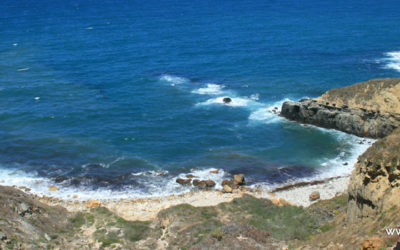
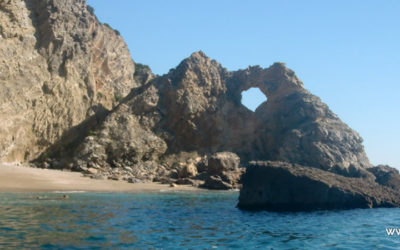
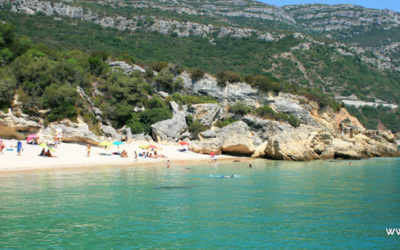
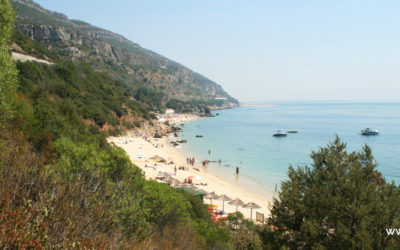
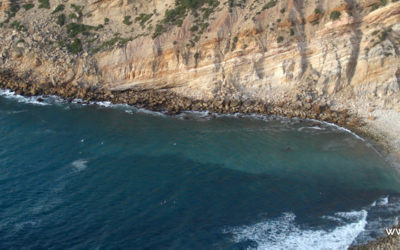
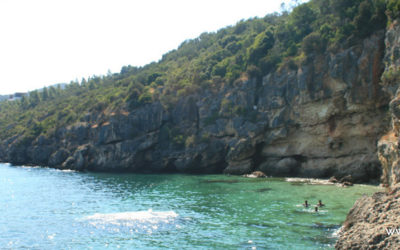
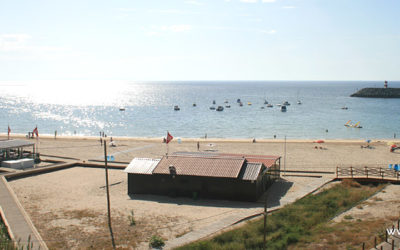
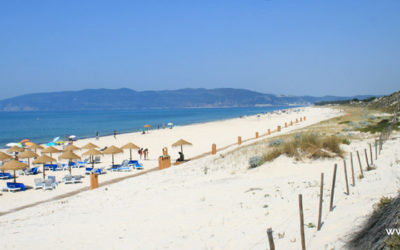
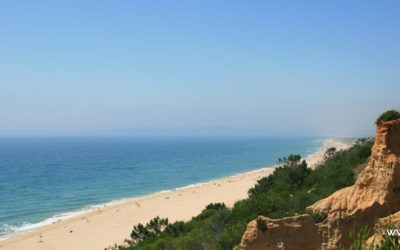
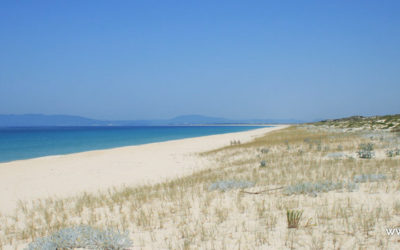
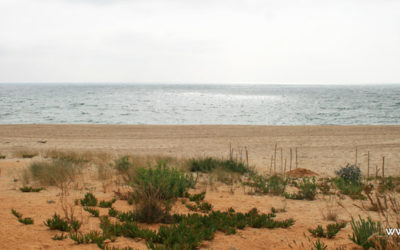
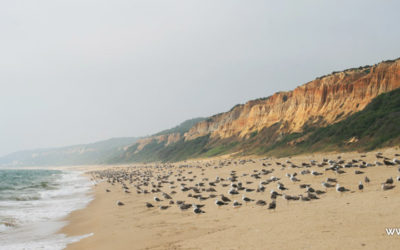
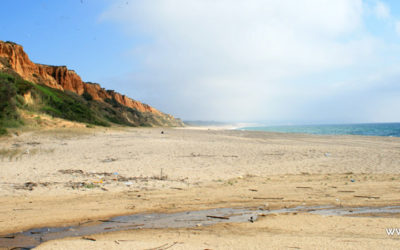
Comments: Section 13